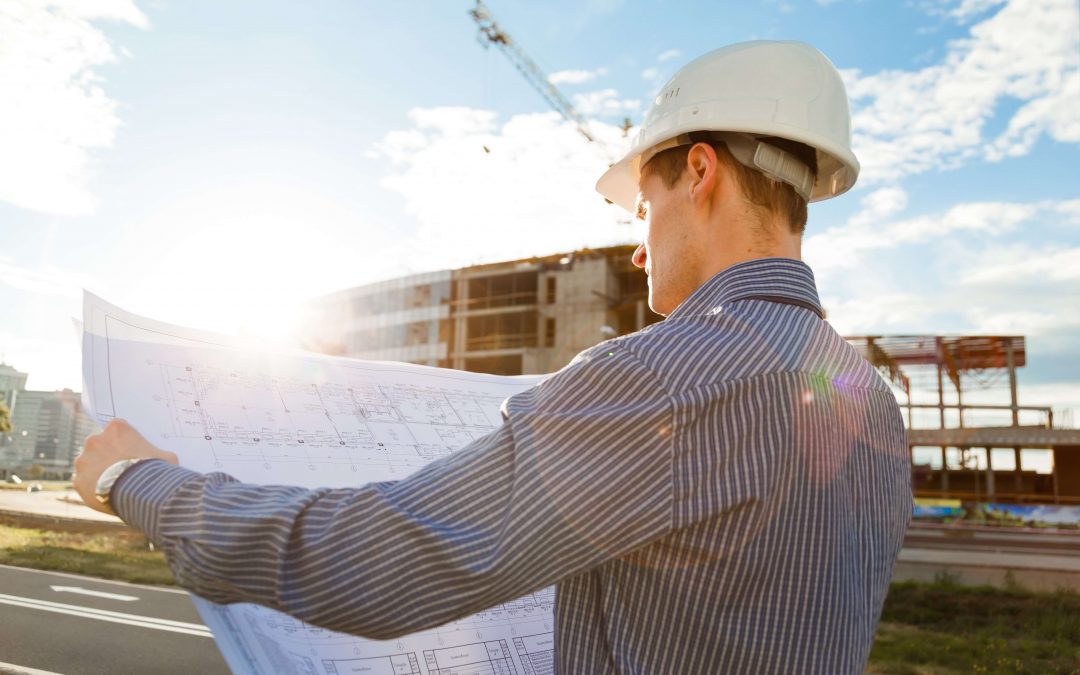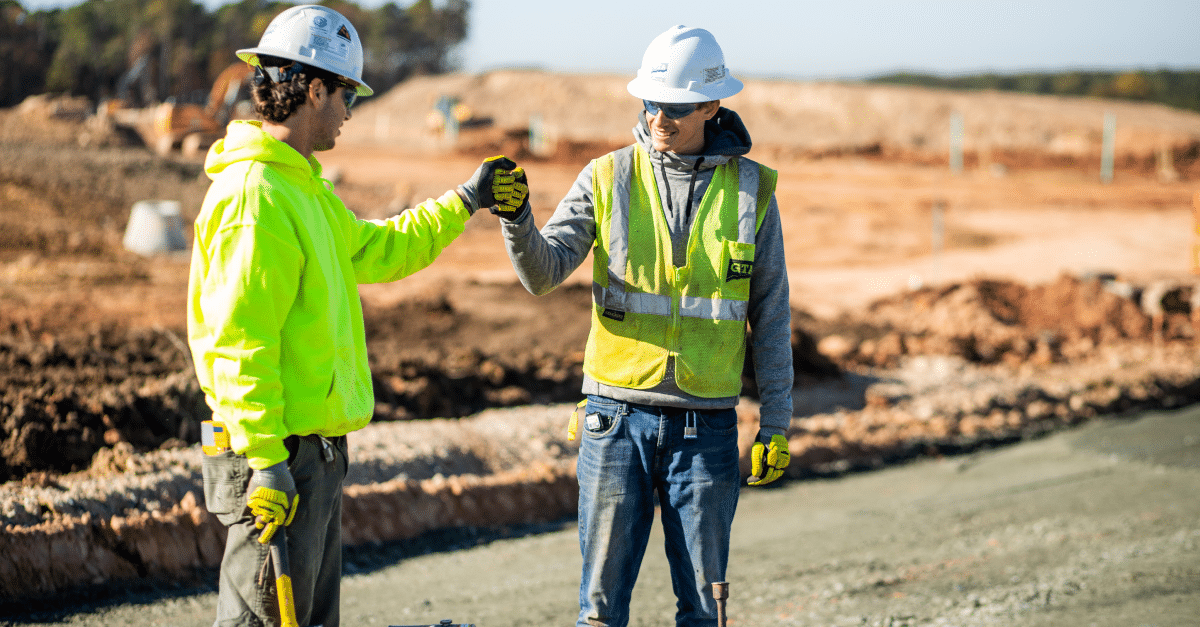Geotechnical Engineering For Construction Projects - An Overview
Geotechnical Engineering For Construction Projects - An Overview
Blog Article
3 Easy Facts About Geotechnical Engineering For Construction Projects Explained
Table of ContentsGeotechnical Engineering For Construction Projects - TruthsWhat Does Geotechnical Engineering For Construction Projects Do?The 9-Minute Rule for Geotechnical Engineering For Construction ProjectsGeotechnical Engineering For Construction Projects - The FactsGetting My Geotechnical Engineering For Construction Projects To WorkThe Only Guide to Geotechnical Engineering For Construction Projects
These features must be examined by geotechnical designers to forecast their movements under numerous situations., making this evaluation required.A geotechnical engineer will certainly take a look at soil to determine the bearing ability of the planet and recommend proper foundation kinds, such as shallow foundations, deep foundations like stacks, or specialized solutions like drifting foundations for soft soils. Understanding the attributes and actions of dirt and rock, along with just how they connect with constructions that have actually been set up on or within them, is one of the main descriptions for why geotechnical engineering is very important.
In addition to structural preparation and construction, geotechnical engineering is additionally crucial to the reconstruction and maintenance of pre-existing structures. Age-related degradation or additional troubles could affect a structure's security and performance. Ecological security is achieved through geotechnical design. Competence in air, water, and dirt quality upkeep is used by geotechnical designers to lessen the adverse effects of tasks.
To sum up, geotechnical engineering is a vital technique that protects the strength and honesty of civil facilities. Geotechnical engineers add to making building jobs reliable all over the world by recognizing the behavior of earth materials and using proper planning strategies.
Getting The Geotechnical Engineering For Construction Projects To Work
By taking a look at soil, rock, and subsurface problems, geotechnical engineers offer important understandings that aid in the design, building and construction, and upkeep of structures and infrastructure.

The Geotechnical Engineering For Construction Projects PDFs
Research laboratory screening: Identifying the residential or commercial properties of soil and rock. Several prominent building and construction jobs have successfully used wikipedia reference geotechnical engineering to guarantee their security and safety and security.

As a leader in geotechnical engineering, BECC Inc. is dedicated to supplying cutting-edge and efficient remedies that meet the greatest requirements of top quality and security., a mechanical designer and rock hound.
Getting The Geotechnical Engineering For Construction Projects To Work
Terzaghi additionally created the framework for concepts of bearing capacity of structures, and the concept for forecast of the rate of negotiation of clay layers as a result of consolidation. Later on, Maurice Biot completely created the three-dimensional dirt loan consolidation theory, expanding the one-dimensional design formerly established by Terzaghi to a lot more general hypotheses and presenting the set of standard formulas of Poroelasticity.
Geotechnical engineers examine and determine the residential or commercial properties of subsurface problems and products.
Unknown Facts About Geotechnical Engineering For Construction Projects
Geologic mapping and analysis of geomorphology are generally completed in appointment with a rock hound or design rock hound. Subsurface exploration typically includes in-situ testing (for example, the basic infiltration examination and cone penetration test). The excavating of examination pits and trenching (especially for finding mistakes and slide aircrafts) may also be used to learn more about soil conditions at depth. , which uses a thick-walled split spoon sampler, is the most usual way to collect navigate here disturbed examples.

Typically, the user interface's specific geometry is unidentified, and a simplified interface geometry is thought. Finite inclines require three-dimensional designs to be examined, so most slopes are examined assuming that they are definitely broad and can be represented by two-dimensional models.
The Ultimate Guide To Geotechnical Engineering For Construction Projects
Producing the style based on a functioning hypothesis of habits expected under the most likely problems. Selection of quantities to be observed as construction profits and computing their prepared for values based on the functioning theory under the most undesirable conditions.
Dimension of quantities and evaluation of real conditions. It is inappropriate for projects whose layout can not be changed during building and construction.
Report this page